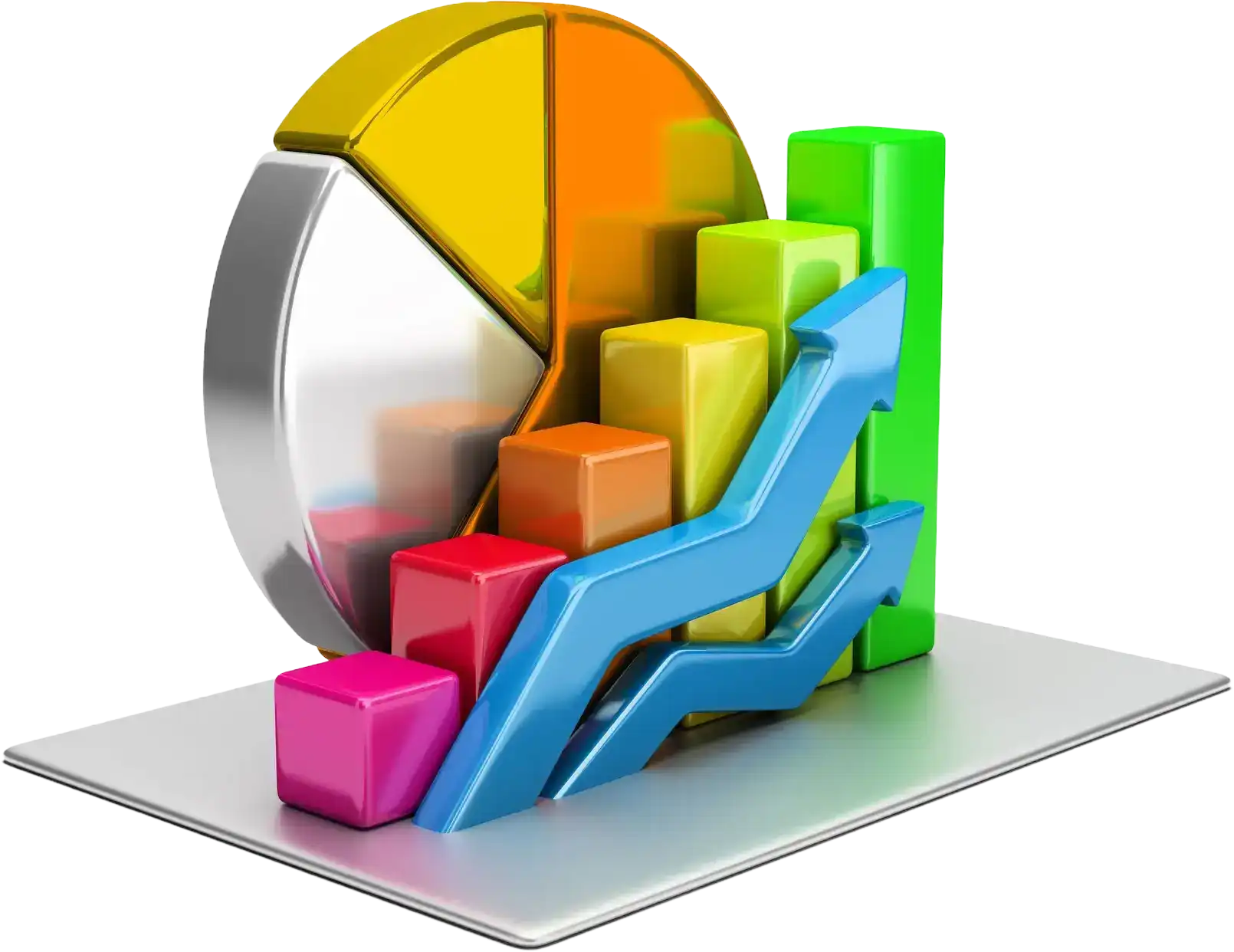Find your dream: a remote analyst job online where you can realise your potential and develop your skills. Our blog will help you in your search by providing helpful tips, resources, and information to make the job search process more efficient and less stressful.
Read More
An analyst is a highly skilled professional who is dedicated to the detailed collection, rigorous analysis and interpretation of complex data to make informed and well-considered decisions that directly impact business development and workflow improvement.
Key responsibilities include monitoring indicators and preparing reports. Analytical skills and knowledge of financial instruments are required.
a specialist responsible for collecting, analysing and interpreting data related to the company's marketing activities.
The IT analyst speciality requires an understanding of technology and its application to business. An IT analyst analyses data to help make decisions.
In-depth knowledge of business, finance, marketing and management is required, as well as critical thinking, communication and presentation skills.
The BI analyst speciality involves an in-depth study of data collection, analysis and visualisation techniques to support management decision-making.
A product analyst is a specialist who is responsible for collecting, analysing and interpreting data related to a company's products.
Tired of searching for suitable jobs in the office? Our service will help you find a remote job as an analyst that perfectly matches your skills and preferences. We carefully select relevant offers from reliable employers so that you can focus on your creativity without wasting time on endless searches. Register now and start a new stage of your career in the comfort of your own home!
Read more
Excuse me. No publications yet
Excuse me. No publications yet
Working with different clients and projects helps to avoid routine, making each day interesting and full of new challenges
Quality problem solving shapes the image of brands and influences how users perceive products and services, which makes their work more meaningful
Opportunity to apply your best skills to solve complex problems, continuous development and growth in the profession
Many professionals can work remotely and set their own schedules, allowing them to find a work-life balance
A dynamic field where new trends and technologies are always emerging, which provides an opportunity to constantly develop and learn
Specialists often interact with other creative professionals, which helps broaden horizons, find inspiration and make useful contacts
100К
700+
40К
